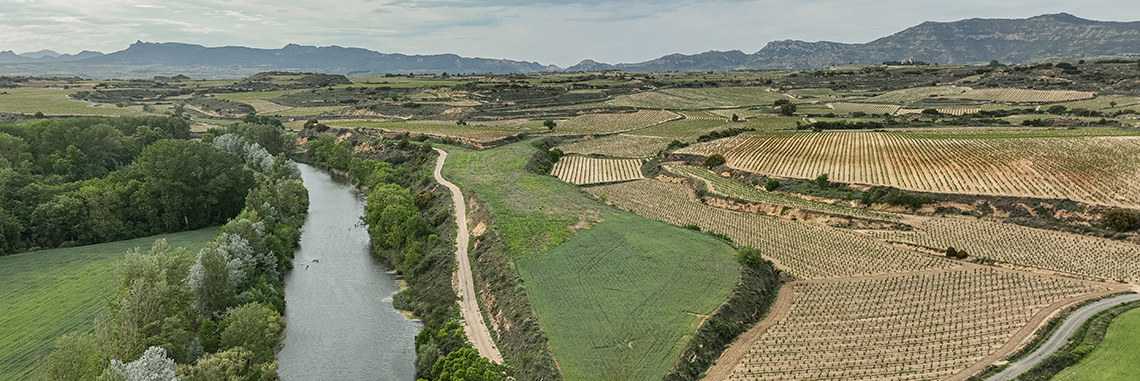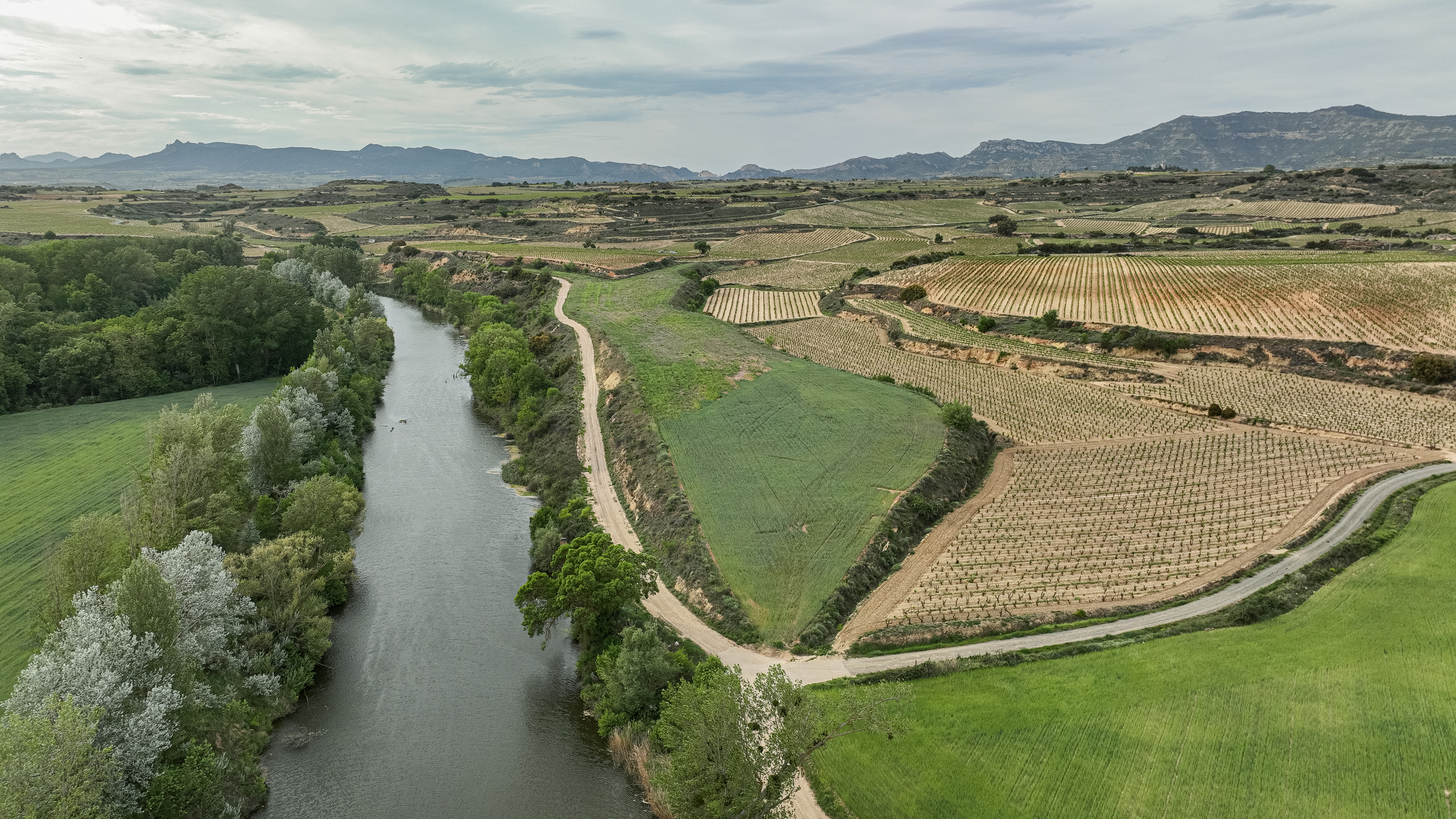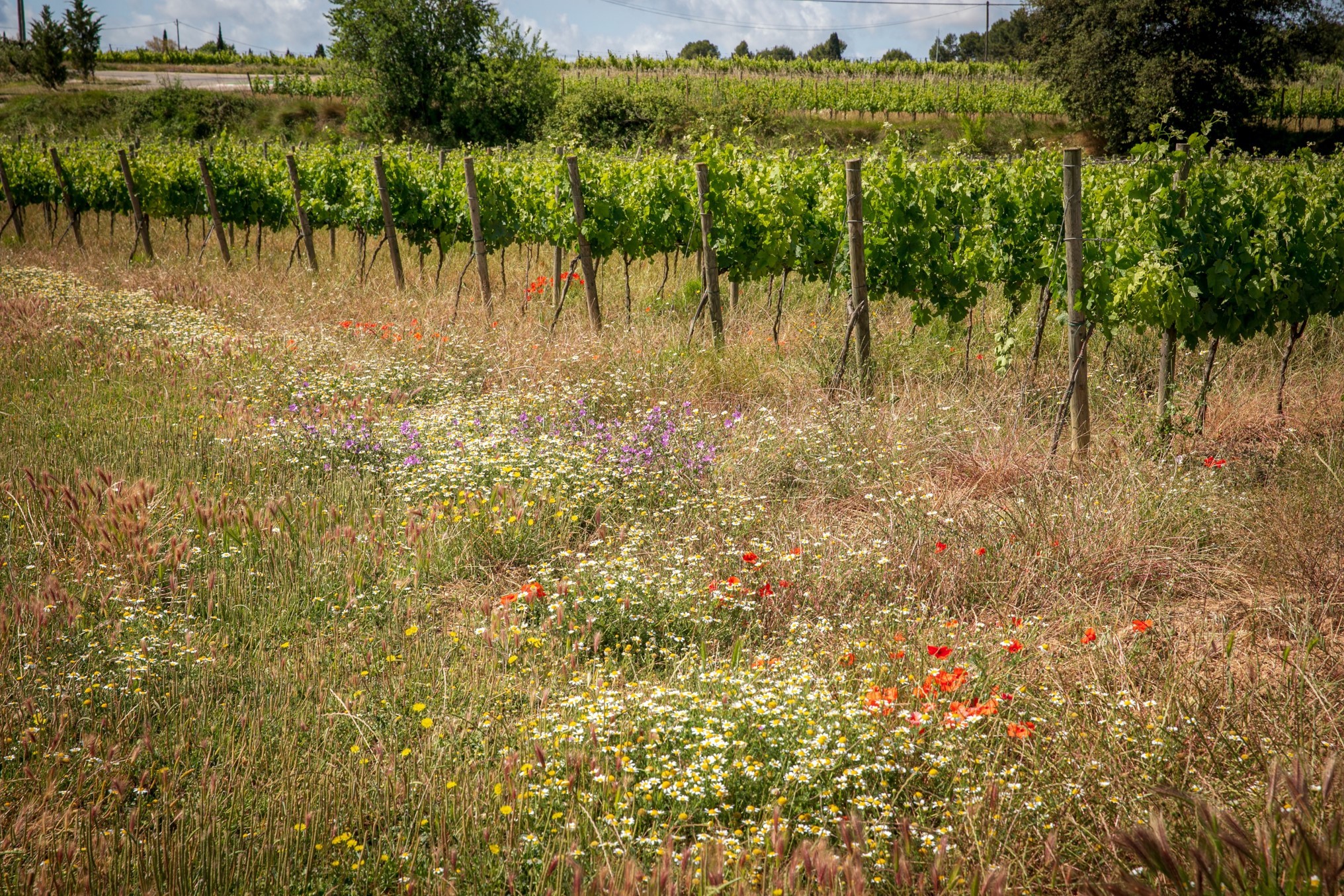The Reservoirs Might be Full, but Saving Water is Still a Priority

By Jose Luis Gallego, environmental communicator (@ecogallego)
For decades, scientists studying the evolution of climate change have rung the alarm: extreme rainfall and temperature events are on the rise, especially in the Mediterranean. Experts directly link this phenomenon to global warming and, according to all published reports, it will only worsen in the coming years.
Although it is impossible to determine when these irregularities will occur and how extreme they will be, all of the climate models for our region mention this phenomenon and warn of its consequences: long and severe periods of drought accompanied by intense heat waves, followed by periods of heavy rainfall resulting in severe flooding that will test the resilience of infrastructures and housing, thereby posing a threat to public safety.
Recent storms have filled our reservoirs, rivers are at maximum levels, and aquifers are recovering – yet we would be wise to keep these expert warnings in mind and manage our new resources with utmost care. At no time should we forget that we are living in a state of climate emergency. What does this vigilance entail? For one, the continued promotion of responsible water use based on moderation and efficiency. We should keep the water-saving message central to the public conversation, making us better prepared to weather future phases of severe climate.

The Duero River flowing through DOCa Rioja
The best strategy for dealing with the climatic uncertainty we face is prevention. We should stay the course that we embarked on in recent years, moving towards resource optimization in all aspects of water usage, starting with the most obvious and primary one: agricultural irrigation, which comprises more than three-fourths of Spain’s total water consumption.
When it comes to more efficient water-saving usage in farming, we have two essential tools at our disposal: improvements in irrigation systems and the modernization of cultivation methods. Any effort carried out in this regard will make a much greater difference than whatever water savings can be achieved in other areas, such as industrial, urban or domestic use. For this reason, it is imperative that public administrations encourage and support the agricultural sector in the urgent implementation of said measures. At the same time, farmers must attend to the task of adapting to the new climate scenario that awaits us.
We depend on the farming sector for our food supply and should therefore pay more attention to it. The goal for this sector is to use water – one of the most basic resources – more responsibly and with the greatest possible efficiency. The first and most basic step is to consider the limited availability of the resource before choosing the type of crop, thereby prioritizing the former over the latter and not vice versa. Even so, a look at current climate change reports tells us that more and more crop varieties will require irrigation to be viable. This includes winegrowing.
In this regard, below-surface drip or trickle irrigation represents one of the greatest advances towards more sustainable farming practices from a water-usage perspective. Buried at a depth of about 30 centimetres below ground, this irrigation system is widely used in California and almost ubiquitous in Israel. It allows farmers to deliver the minimum amount of water (neither more nor less than the plant needs) directly to the roots while the surface of the farmland stays dry. In addition, this system eliminates the need for fungicides to combat infections that might arise from water pooling and the humidity associated with surface irrigation.
Before addressing irrigation techniques, however, it is important to reassess and adapt the actual farming techniques to the new climate scenario. One of the most effective strategies in this regard involves promoting best practices to transition to a regenerative agriculture model: a global trend towards more sustainable food production based on solutions provided by nature itself.

Mas La Plana Vineyard, a Familia Torres property
Among other objectives, regenerative agriculture aims to protect soil health to rewild fields and preserve water resources. Both of these objectives align with the task of addressing the two biggest crises we are currently facing (which, in reality, are one and the same): the climate crisis and the biodiversity crisis.
